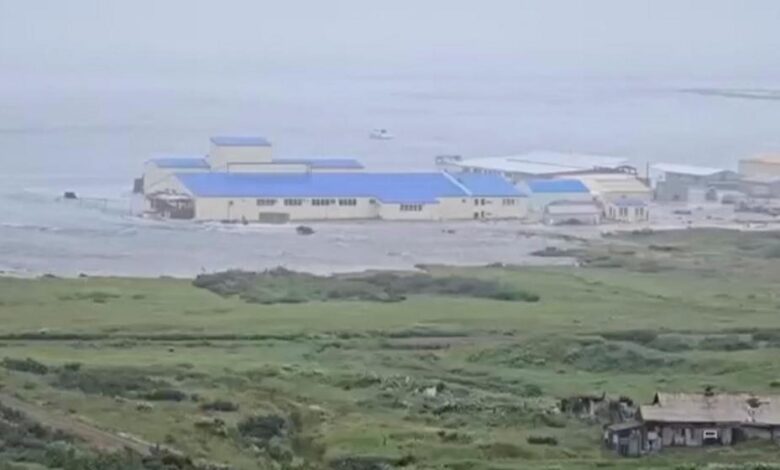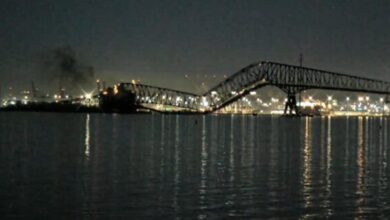Hawaii Hit by Tsunami After Massive Russia Earthquake Sends Shockwaves Across Pacific

Panic swept across the Pacific as a powerful 8.8 magnitude earthquake struck off Russia’s Kamchatka Peninsula on July 30, triggering massive tsunami waves that reached Hawaii, Japan, and Russia’s Far East.
The undersea quake, one of the strongest in recent years, struck just before 7 p.m. local time near the volatile Kuril-Kamchatka trench. Within minutes, tsunami warnings were issued across the Pacific Rim, as emergency officials scrambled to assess the full scope of the disaster.
In Hawaii, waves measuring up to 4 feet were recorded in Haleiwa and Kahului, while Hanalei saw surges of around 3 feet. Sirens blared across coastal towns, prompting residents and tourists to evacuate low-lying areas and rush to higher ground.
The tsunami reached Hawaii around 7:17 p.m. HST, catching many off guard due to the speed of the ocean surge. Governor Josh Green called the waves a “forceful wall of water” and activated the state’s emergency response protocols immediately.
Despite the wave heights being less than those seen in historic disasters, the rapid arrival and power of the tsunami shocked both locals and authorities. “The water just kept coming, faster than anyone expected,” said a resident in Kahului who witnessed vehicles being pushed by the force of the ocean.
While there were no immediate reports of casualties in Hawaii, damage assessments were still ongoing as authorities surveyed flooded areas, broken piers, and waterlogged infrastructure. Several coastal roads were shut down, and schools in affected areas were closed as a precaution.
In Russia’s Far East, the epicenter experienced severe shaking that lasted nearly a full minute. Buildings swayed, power lines snapped, and several remote towns near Kamchatka lost electricity. Emergency crews were dispatched to assess structural damage, and authorities warned of aftershocks in the coming days.
Japan also experienced the effects of the tsunami, although the waves were milder. Officials in Hokkaido and northern Honshu issued temporary evacuation alerts and advised fishermen and beachgoers to stay away from the coast. The Japanese Meteorological Agency confirmed that wave activity remained under observation as of early morning.
The Pacific Tsunami Warning Center stated that while the main tsunami threat has now passed, coastal communities throughout the Pacific should remain cautious. “The potential for dangerous currents and unpredictable wave activity will continue for the next several hours,” their advisory read.
This latest disaster has raised new concerns about how prepared Pacific nations are for sudden undersea quakes. Seismologists noted that the quake occurred in a known subduction zone, one capable of producing some of the world’s largest and most dangerous earthquakes.
Dr. Maria Levens, a geophysicist monitoring the region, said, “This part of the Pacific Ring of Fire is no stranger to violent tectonic activity, but a quake of this size demands renewed attention. We could be looking at long term consequences depending on aftershocks.”
In Hawaii, where tourism is a major part of the economy, the tsunami comes as a stark reminder of the islands’ vulnerability to distant seismic events. Several hotels near the shore evacuated guests as a precaution, and popular tourist beaches were cordoned off into the next morning.
Emergency crews in Honolulu and other affected cities have urged residents to remain alert, restock emergency kits, and review evacuation routes.
Global leaders have expressed concern and support. The White House said President Biden has been briefed on the situation, and FEMA remains in contact with Hawaiian authorities. Russia, meanwhile, has declared a regional emergency and is closely monitoring the aftershock situation in Kamchatka.
As aftershocks ripple through the Pacific and assessments continue, one thing is clear—this event has shaken more than just the ocean floor. It has reminded everyone in the region of nature’s raw, unstoppable power.



